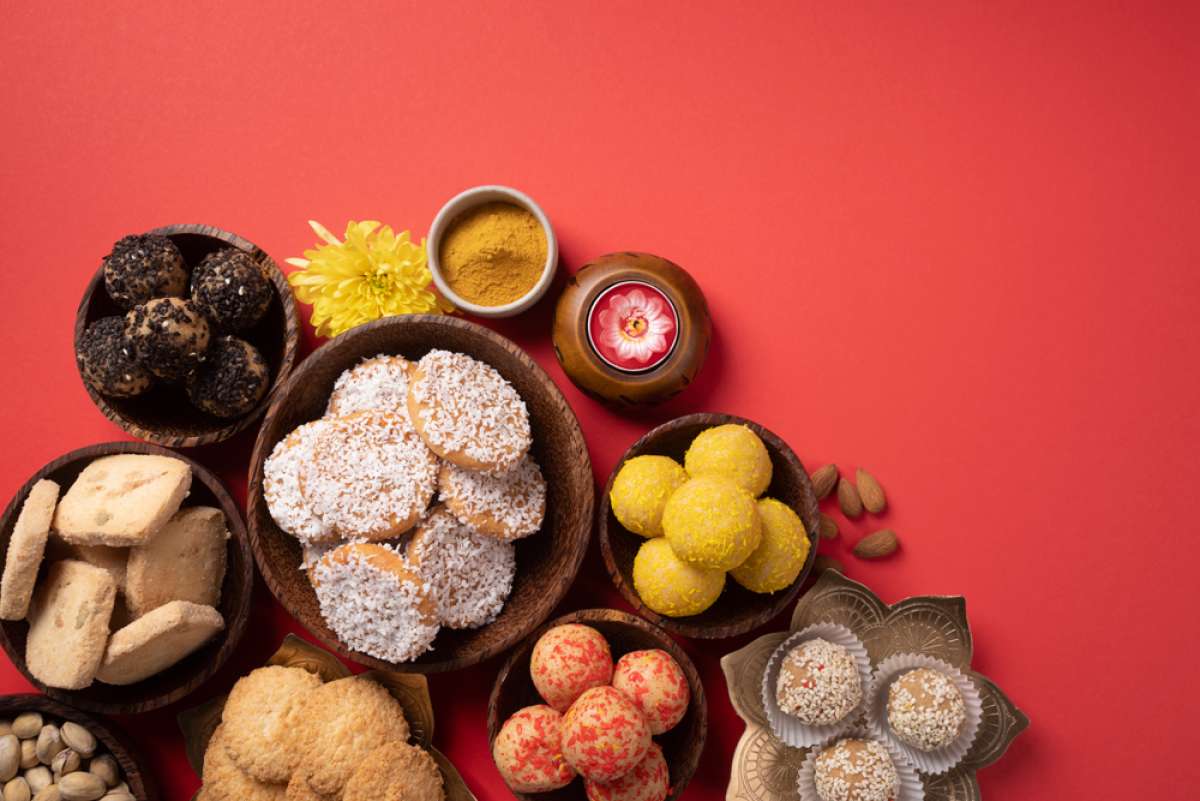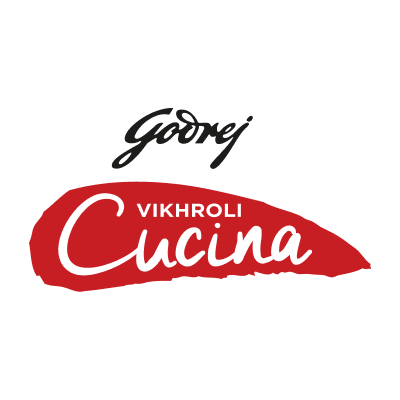
Take a walk down the Halwai street this Diwali: Exploring India’s mithai markets in October
Every classic mithai tells a story, of a region's harvest, its history, and the expert hands that have perfected it over generations. As Diwali approaches, we’re taking a trip down the Halwai streets of India to find the all too familiar Mithai, we’ve known and loved over years

One tradition that has always taken prevalence on Diwali is the practice of exchanging Mithai. It’s a practice that could be really stressful for some! So much to choose from, so many boxes to pack, exchange, distribute (and have!). While we’ve looked at the gourmet Mithai scene in a previous article, this one is a bit more nostalgic. It’s the thrill of walking down the Halwai street on the eve of Diwali. Piles of boondi and halwa stacked on the display window. But, what will you find on one such trip down the Halwai street, across different regions of the country, come Diwali? That’s what we’re seeking to uncover!
The lanes of Delhi, Meerut, and Rajasthan
This culinary landscape is deeply influenced by centuries of history, particularly Mughlai cuisine. A prime example is Sohan Halwa, a dense, ghee-rich sweet made by boiling a mixture of water, sugar, milk, and corn flour until it solidifies. Its firm, slightly chewy texture sets it apart from other halwas. It has saffron and cardamom and is packed with nuts, this slow-cooking technique perhaps dates back to the royal kitchens.
As most of North India transitions into cooler weather, the markets there fill with Revari and Gajak. Made of two key seasonal ingredients: sesame seeds (til) and jaggery (gur). Revari are crisp, round sweets, while Gajak is a brittle slab, sometimes made with peanuts or cashews.
In Rajasthan, it’s the Ghewar that’s most in demand. The ghevar is made from a thin batter of maida, drizzled with hot ghee, which results in a unique honeycomb structure. Its porous texture is ideal for soaking up sugar syrup and holding rich toppings like malai (clotted cream) or rabdi. While strongly associated with the Teej festival, its popularity makes it a Diwali centerpiece in Jaipur and beyond.
The frosty lanes of Himachal
In Himachal Pradesh, as the winter freeze sets in, this steamed delicacy is much in demand! The Meetha Siddu is a yeasted wheat-flour dough, which is allowed to rise before being filled with a mixture of crushed nuts (walnuts and poppy seeds are common) and jaggery. The stuffed buns are then steamed, resulting in a soft, spongy bread with a subtly sweet, nutty interior. Often served with a generous pour of desi ghee.
Babru, a deep-fried bread traditionally stuffed with a black gram dal paste, also has sweet variations filled with jaggery, another winter-time Himachal staple.
In the lanes of Andhra
Let’s first look at this interesting story about a village in Andhra. In the Srikakulam district of Andhra Pradesh is a village named Deepavali, where the festival is celebrated across five-days to honour a centuries-old legend. The story goes that the village's origin is tied to a moving legend where its ancestors saved an injured king by dispelling the dark by lighting lamps. Moved by their generosity, the king blessed the village with the name Deepavali, meaning ‘row of lamps.’ The festival’s onset is marked by Sthanadheere Puja and for each of the five nights, every home glows with oil lamps.
Andhra Pradesh has a rich agrarian heritage, and so festive treats are intrinsically linked to the harvest. Both Ariselu and Boorelu use rice flour and jaggery, two main constituents of the regional diet. Ariselu is a deep-fried flatbread made from a dough of rice flour and thick jaggery syrup, often coated in sesame seeds. Boorelu are deep-fried dumplings made from a rice and urad dal batter, with a sweet filling of chana dal, jaggery, and coconut.
When it comes to the combination of gram flour and ghee, Mysore pak is what comes to mind! First prepared in the kitchens of the Mysore Palace during the regime of Krishna Raja Wadiyar IV, by a palace cook named Kakasura Madappa. Madappa made a concoction of gram flour, ghee and sugar. When asked its name, Madappa had nothing in mind, simply called it the Mysuru paka. Pak (or paka, more precisely) in Kannada means ‘sweet’. We recommend getting the Godrej Jersey Mysore Pak, made with high-quality gram flour and pure ghee, it has that porous, melt-in-the-mouth texture, which is unlike any other sweet.
There you have it! A quick round-up of the Mithai you can find in the lanes of India. Which one is your go-to classic? Let us know in the comments!
Tags
0 Comment
You may also like
-
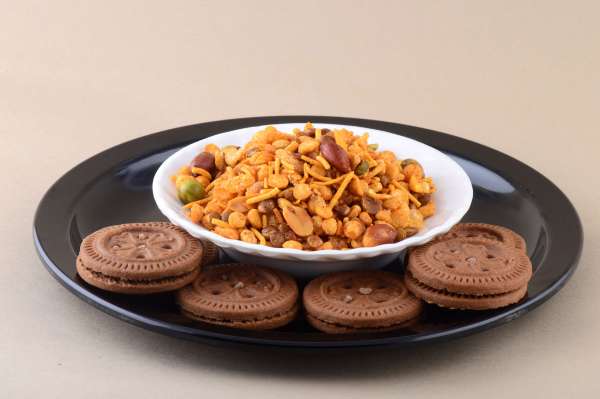
Features What Indian childhood memories taste like…
by Vikhroli Cucina
-

Features The Culinarian's Take: Why micro-restaurants are India's hottest dining trend
by Vikhroli Cucina
-
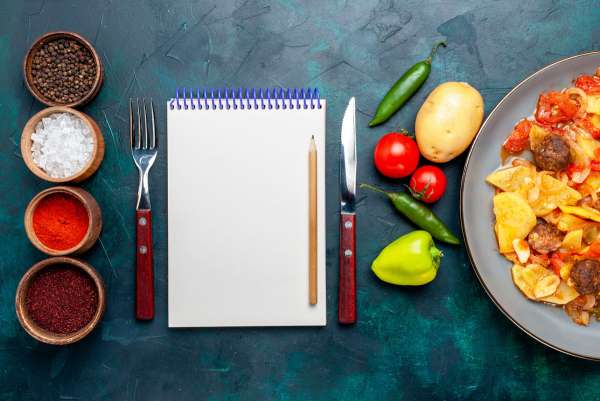
Features The Culinarian’s Take: Why tasting menus are telling India's next great food story
by Vikhroli Cucina
-
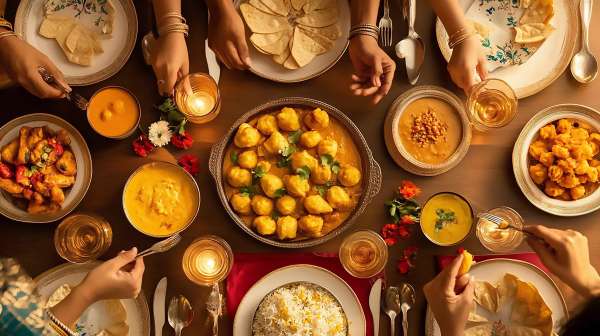
Features What’s cooking on Diwali: The savoury side of the feast from choddo shaak to chivda
by Vikhroli Cucina

